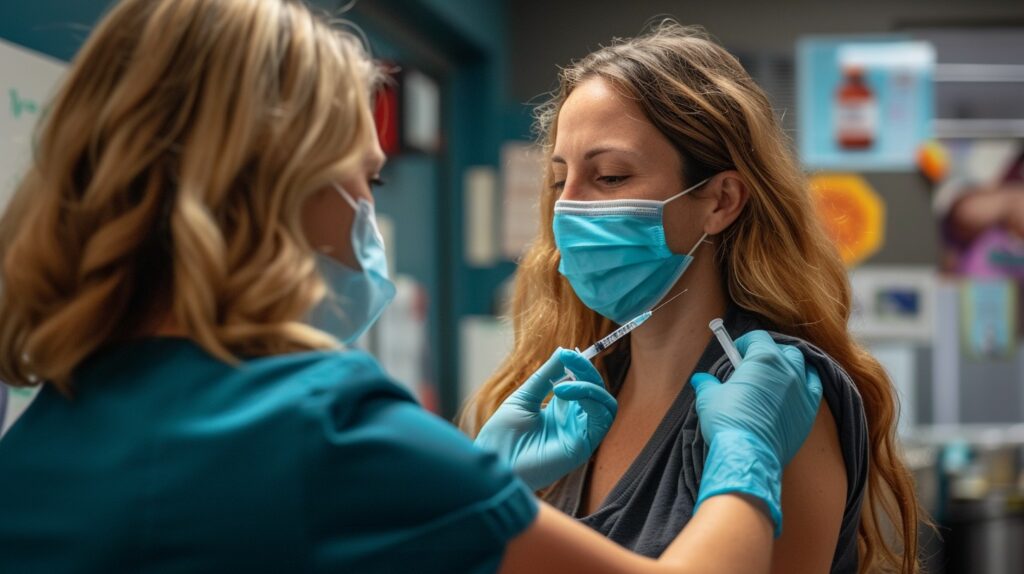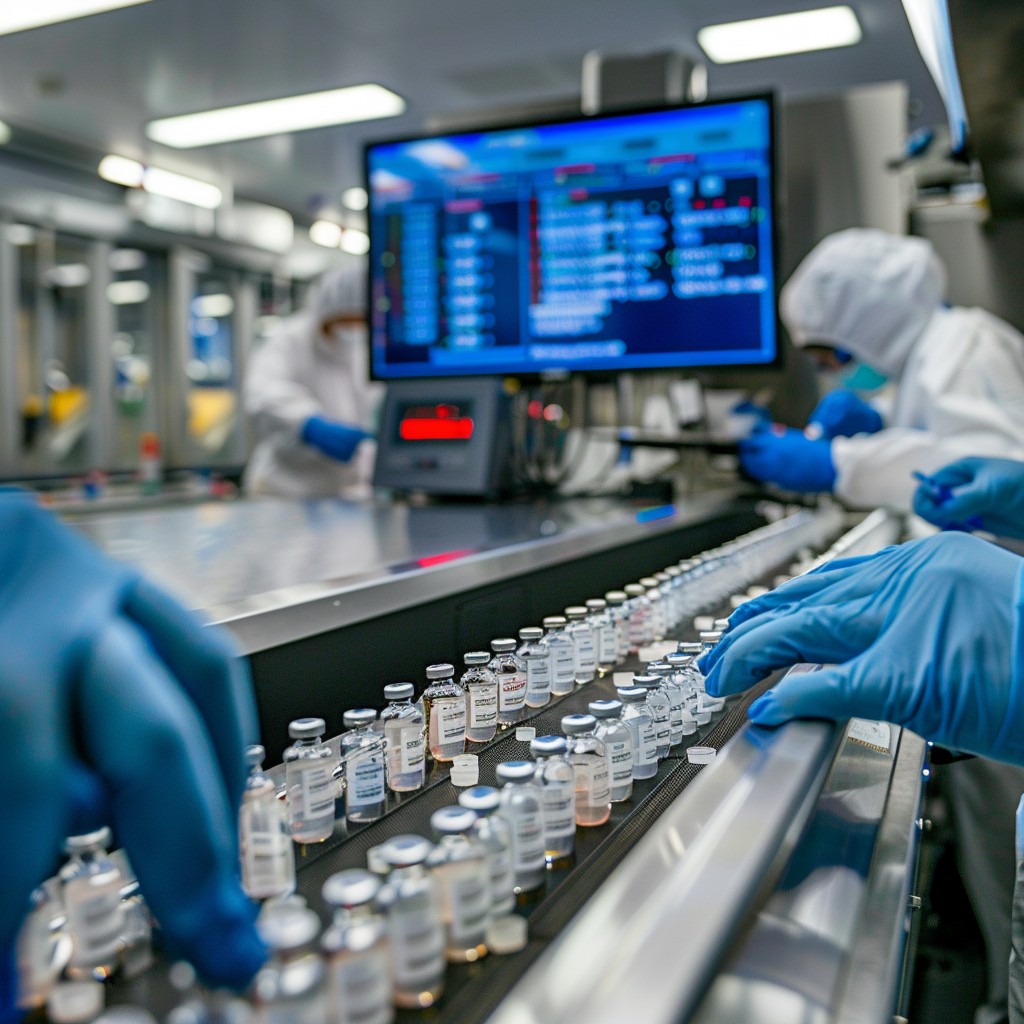How vaccines protect us from infectious diseases
It was through vaccines that public health began to take charge and combat the spread of infectious diseases. When we look at how vaccines work, what might be their vitality in sustaining a healthy society.
The Basics of Vaccination
The idea is to present the immune system with a small but harmless fraction of a virus or bacterium, such as bits (either dead-bagged strains, deactivated phage cocktails; teilchen) so that it can learn about how and what part of pathogen looks like. This exposure does not make you sick, but it helps to train the immune system so that if and when your body ever runs into the real disease-causing organism in the future, it is better prepared.
Immune Response
In response to vaccination, the immune system recognizes a foreign agent and can launch two such critical responses.
1. Innate Immune Response: The body’s first response recognizes the ingredients of the vaccine as an invader and responds with a general reaction. This includes activating cells such as macrophages and dendritic cells that signal the rest of your immune system.
2. ORAn Adaptive Immune Response takes a direct-focused view as seen in how the adaptive immune system protects us. The antibodies are made by the B cells because of their specificity to different antigens used in a vaccine. These neutralizing antibodies act by either blocking the way that the pathogen infects cells or tagging it for destruction by other immune cells. T-cells are the main force here too, helper T cells stimulate B cell antibody production and cytotoxic T killer lymphocytes directly attack infected host cells.

Memory Immunity: Lasting Protection
Immune memory is an important advantage of vaccination. That way, even after the initial exposure is long gone, there will be both Memory B cells and T-cells still present in the body that are prepared to provide a more quickly and efficiently coordinated response should the pathogen infiltrate again. It is the reason why they are either immune to or have only a minor form of clinical infection in case of illness.
Tailored defense: vaccines come in many forms.
There are multiple types of vaccines, each one to focus on different diseases.
1. Live-Attenuated Vaccines– These vaccines contain a weakened version of the virus or bacterium which can make copies of itself but not cause disease. The MMR (measles, mumps, and rubella) vaccine is a straightforward case in point.
2. Inactivated Vaccines: These vaccines are made from viruses- but the virus has been disabled, they have no ability to replicate and flourish in immunocompromised people unless mutated/changed with wrong practices on manufacture or if weakened back live. The flu shot is one example.
3. Recombinant, Subunit And Polysaccharide Or Conjugate Vaccines: These are made by using a protein of the Pathogen in most cases-mediated Immune Response. These include one vaccine to protect against HPV and another for hepatitis B.
4. mRNA Vaccines: This new type of vaccine uses messenger RNA (mRNA) to instruct cells to produce a specific protein. That protein triggers the immune system to respond. The Pfizer-BioNTech and Moderna COVID-19 vaccines are examples of this type.
5. Viral Vector Vaccines: This type of vaccine uses a harmless virus to deliver genetic material of a pathogen into the body. The immune system recognizes it and begins to fight the actual virus. The Johnson & Johnson COVID-19 vaccine was developed using this method.

Advantages of Boosters
Immunity by several vaccines would diminish over time and hence, a booster shot would be needed so that the immune system remains ready and eliminates the pathogen for larger spans of time.
Vaccine Safety and Efficacy
The vaccines are subjected to very rigorous testing for certainty during the clinical trials that they are safe and extremely effective. Mild reactions like a sore arm and low-grade fever are common as side effects. However, serious side effects seldom appear. The benefits of vaccines will definitely always outweigh the tiny risk attached because they save lives by preventing potentially fatal diseases and curbing infections.
Herd Immunity
When a large percent of a population is immunized, herd immunity is possible. Indirect protection is given to some people who cannot receive the vaccine for health reasons by stopping the spread of the disease to a large degree. Herd immunity is extremely important in safeguarding these sensitive populations, such as infants and the immunocompromised.
Conclusion: The Magic of Immunization
It is a powerful tool against infectious diseases and, once we come to understand how it works, it is not far-fetched that they come into play for protection. It is a collective effort in the form of vaccination that creates a much safer and healthy world.







